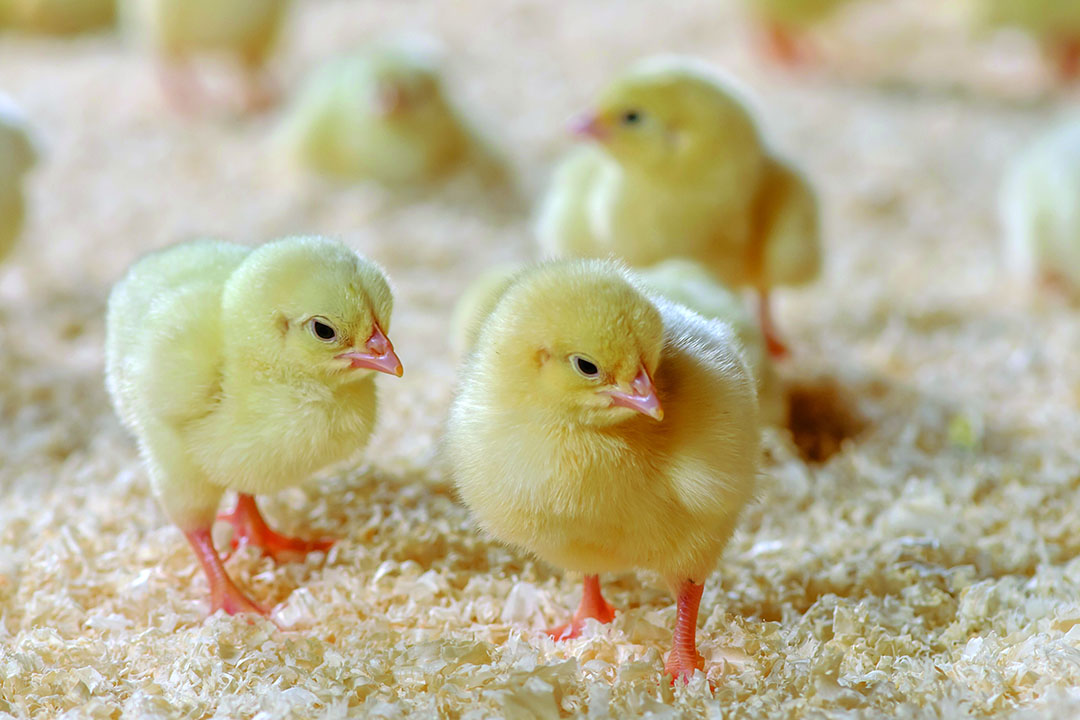The Journey of Industrial Beef Production
The production of beef industrial meat involves a complex and well-coordinated process that ensures a consistent and safe supply of beef to consumers. This journey starts on the farm and ends at the table, encompassing various stages of production, processing, and distribution.
The Farm: Raising Cattle
Breeding and Genetics
Beef production begins with selecting the right breeds and genetics to ensure quality meat. Farmers focus on breeds known for their meat yield, marbling, and growth rates. Advanced breeding techniques are employed to enhance desirable traits, resulting in healthier and more productive cattle.
Nutrition and Feeding
Proper nutrition is crucial for raising healthy cattle. Farmers provide a balanced diet that includes grains, forage, and supplements to promote growth and ensure the meat’s quality. The diet is often adjusted based on the cattle’s growth stage and specific nutritional needs.
Cattle Management Practices
Health and Welfare
Maintaining the health and welfare of cattle is paramount. Regular veterinary check-ups, vaccinations, and disease prevention measures are standard practices on farms. Farmers also ensure that cattle have access to clean water and comfortable living conditions.
Ethical Considerations
Ethical considerations play a significant role in cattle management. Farmers adhere to guidelines and regulations that promote humane treatment and minimize stress for the animals. This not only benefits the cattle but also improves the quality of the meat.
From Farm to Processing Plant

Transportation and Logistics
Ensuring Safe Transport
Transporting cattle from farms to processing plants requires careful planning and execution. Ensuring the safety and comfort of the cattle during transit is crucial to minimize stress and maintain meat quality. Specialized vehicles and handling procedures are used to achieve this.
Regulatory Compliance
Compliance with transportation regulations is essential. Farmers and transporters must adhere to guidelines that govern animal welfare during transit. These regulations are designed to protect the animals and ensure that they arrive at the processing plants in good condition.
The Processing Plant: Transforming Cattle into Beef
Slaughter and Initial Processing
At the processing plant, cattle undergo a series of steps to transform them into beef. This includes slaughtering, skinning, and evisceration. The process is carried out under strict hygienic conditions to ensure food safety and quality.
Further Processing and Packaging
Once the initial processing is complete, the beef is further processed into various cuts and products. This includes deboning, trimming, and packaging. Advanced machinery and technology are used to optimize efficiency and maintain consistency.
Quality Control and Safety Measures

Inspection and Testing
Ensuring Food Safety
Ensuring food safety is a top priority in beef industrial meat production. Rigorous inspection and testing are conducted at multiple stages of the process to detect any contaminants or pathogens. This includes testing for bacteria, chemical residues, and other potential hazards.
Compliance with Standards
Compliance with food safety standards and regulations is mandatory. Processing plants must adhere to guidelines set by regulatory bodies to ensure that the beef meets quality and safety standards. This includes regular audits and inspections by government agencies.
Traceability and Transparency
Tracking and Documentation
Traceability is a key component of quality control. Each batch of beef is tracked from the farm to the table, with detailed records maintained at every stage. This allows for quick identification and resolution of any issues that may arise.
Consumer Confidence
Transparency in the production process helps build consumer confidence. By providing information about the origin, processing, and safety measures of the beef, producers can reassure consumers about the quality and safety of the meat they are purchasing.
Distribution and Retail
Supply Chain Management
Efficient Distribution Networks
Efficient supply chain management ensures that beef industrial meat reaches consumers in a timely and fresh condition. This involves coordinating transportation, storage, and distribution to minimize delays and maintain product quality.
Cold Chain Logistics
Maintaining the cold chain is critical in beef distribution. Proper refrigeration during storage and transport prevents spoilage and extends the shelf life of the meat. Advanced cold chain logistics systems are employed to ensure consistent temperature control.
Retail and Consumer Access
Availability in Markets
Industrial beef is widely available in various retail outlets, including supermarkets, butcher shops, and online stores. The availability of different cuts and products caters to diverse consumer preferences and cooking needs.
Educating Consumers
Educating consumers about beef industrial meat helps them make informed choices. This includes providing information on the nutritional benefits, cooking methods, and storage guidelines for different cuts of beef.
Environmental and Economic Impacts

Sustainability Efforts
Reducing Environmental Footprint
The beef industry is increasingly focused on sustainability. Efforts are being made to reduce the environmental footprint of beef production through improved farming practices, waste management, and resource efficiency.
Innovations in Farming
Innovations in farming, such as precision agriculture and regenerative practices, contribute to sustainable beef production. These methods help optimize resource use and minimize environmental impact, promoting long-term sustainability.
Economic Contributions
Supporting Rural Economies
Beef production plays a significant role in supporting rural economies. It provides employment opportunities and contributes to the livelihoods of farmers, ranchers, and workers in related industries.
Global Trade and Market Dynamics
Industrial beef production also impacts global trade and market dynamics. The export of beef to international markets contributes to economic growth and fosters trade relationships between countries.
Conclusion
Understanding the journey of beef industrial meat from farm to table highlights the complexity and importance of the production process. Each stage, from raising cattle to processing, quality control, and distribution, plays a crucial role in ensuring that consumers receive safe, high-quality beef. The industry’s commitment to food safety, animal welfare, sustainability, and economic contribution underscores its significance in the global food supply chain.

